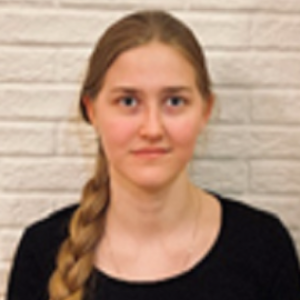Title : Method of mimicking mammalian trabecular bone architecture for bone implants manufacturing
Abstract:
A biomimetics is a promising approach allowing to create materials with new specific properties mimicking natural structures. This study demonstrates the direct replication of trabecular bone architecture. The biomimetic scaffold was constructed using chemically inert and biocompatible ultra-high molecular weight polyethylene (UHMWPE) polymer. The main issue associated with UHMWPE is a complex processing, a time-consuming procedure which makes it difficult to prepare a 3D-printed sample. Thus present study proposes a feasible method for fabricating an implant having native trabecular bone architecture. The scanning electron microscopy and computer tomography revealed the samples were composed of macro and microstructures which were found very similar to native bone architecture. The pore size of the UHMWPE was found to be ranging from 500 µm to 700 µm whereas the average thickness of the wall between pores was noticed as 80 µm. This value was observed to be very small as compared to that of bone (200 µm). Moreover, the nanorelief that existed on the surface of the sample can be beneficial for cell proliferation. These structural features indicate the efficiency of this method which can find its potential application in the biomedical field. The observed topography combined with etched surface resulted in enhanced adhesion and proliferation of cells. Multipotent mesenchymal stromal cells (MMSCs) were incubated with the UHMWPE scaffold. After 4 hours 40 % of cells adhered to its surface. Further, when the co-incubation time was increased to 48 hours the proliferation rate grew and reached 75 %. The cytocompatibility study indicated that the sample provided the necessary environment for the adhesion and proliferation of MMSCs.



